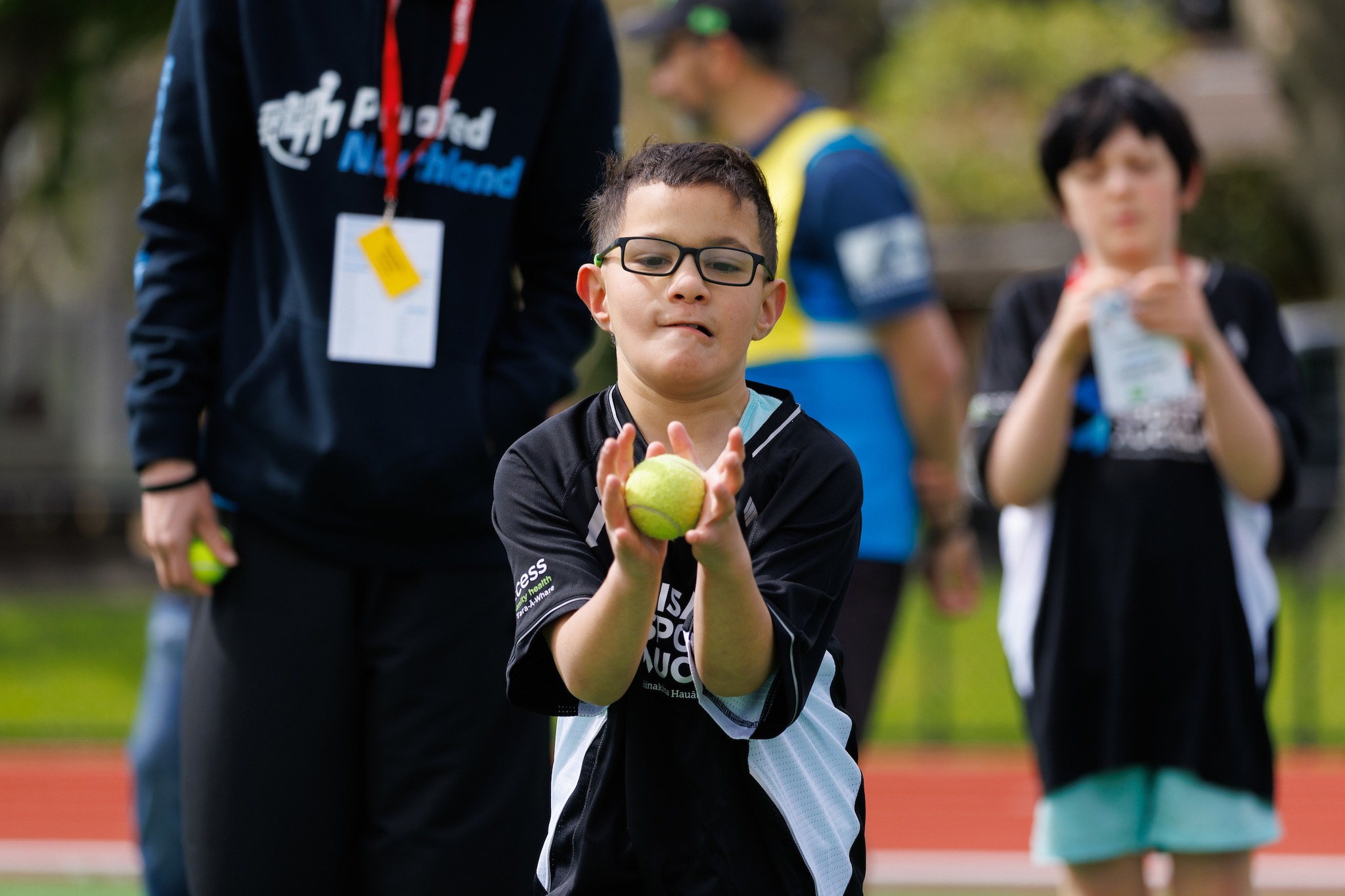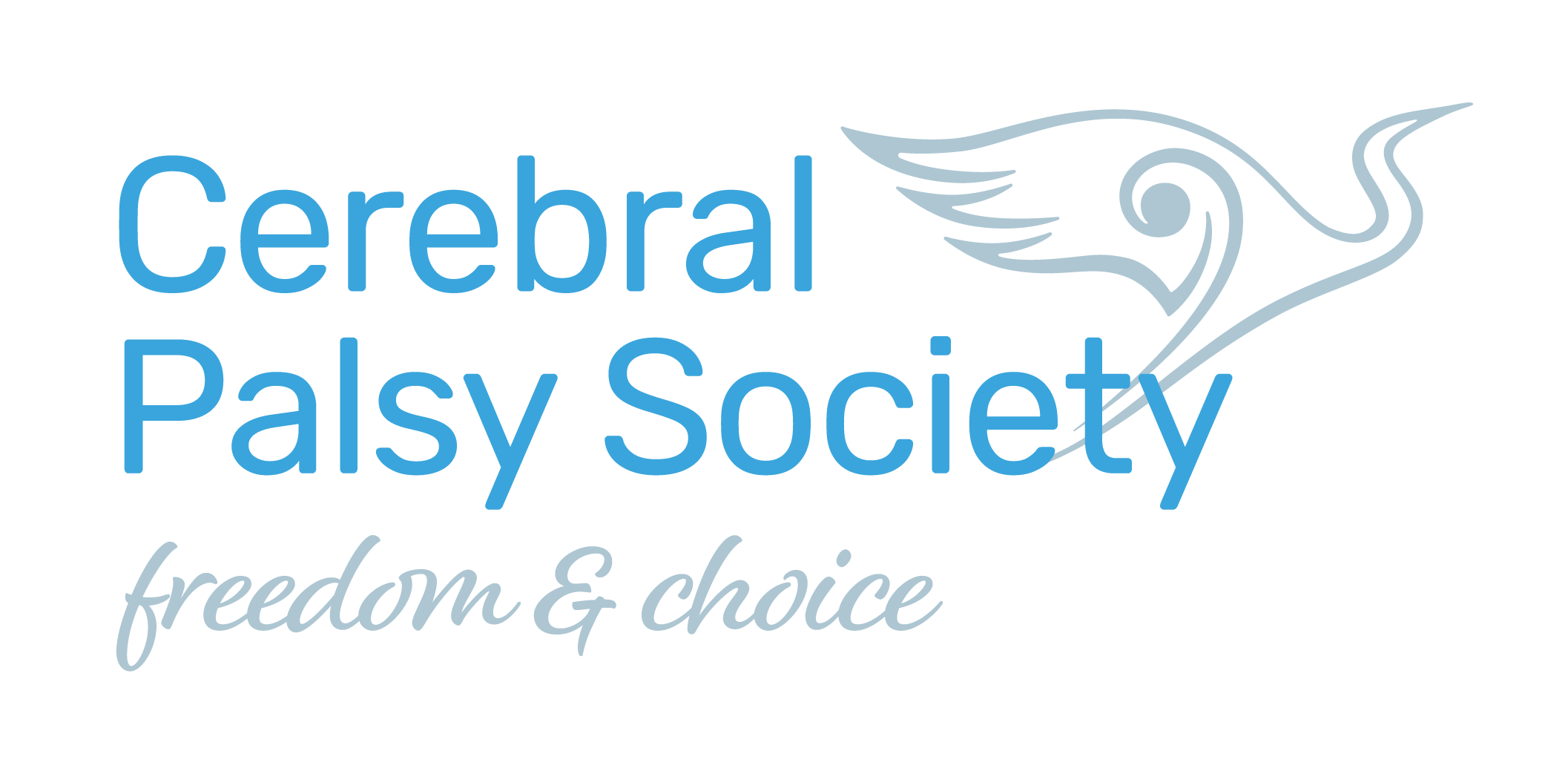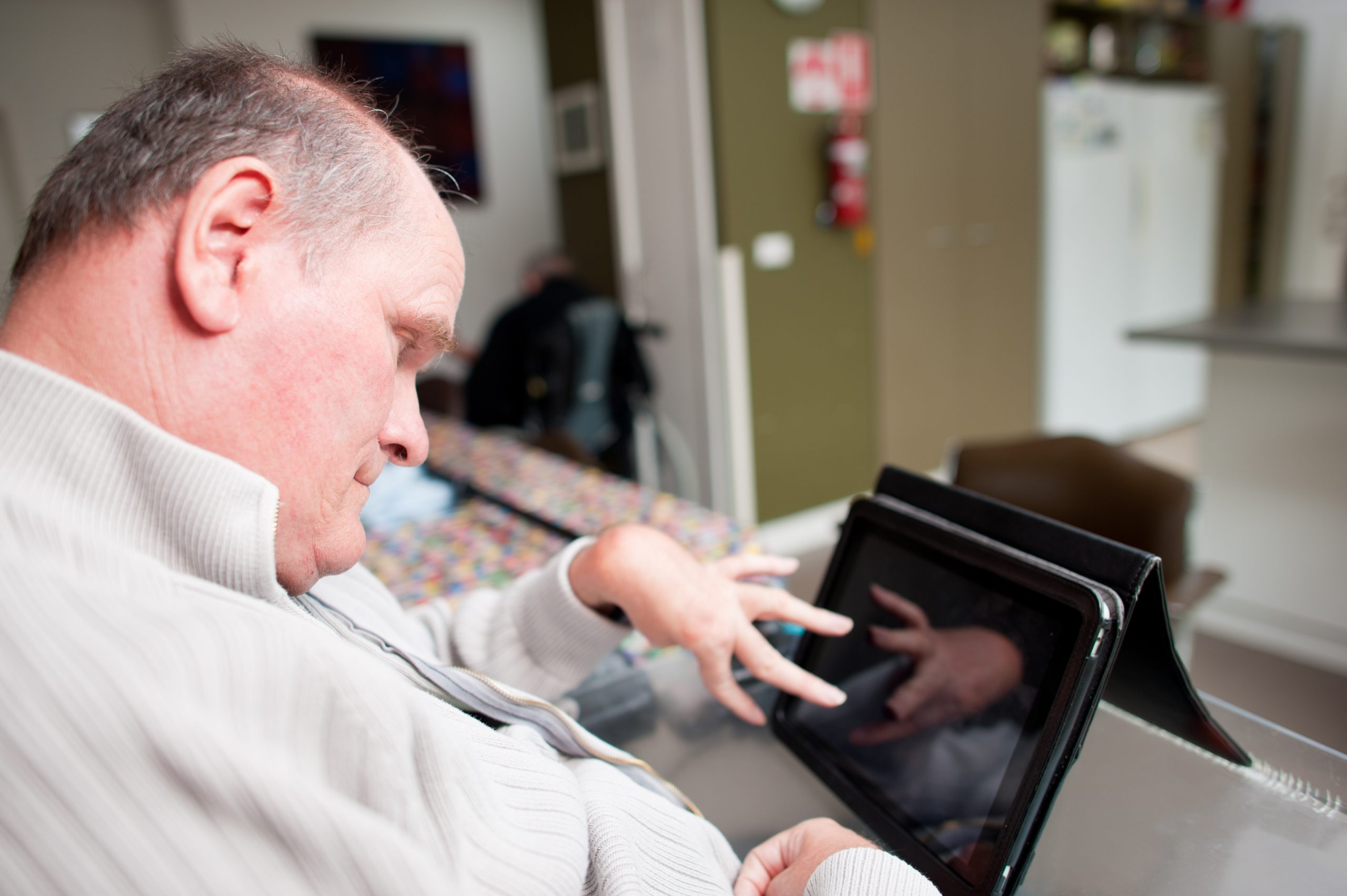Effects and associated conditions of Cerebral Palsy
In addition to movement difficulties people with Cerebral Palsy – Hōkai Nukurangi can have a range of other conditions, associated with their Cerebral Palsy. The presence and impact of other conditions varies for everyone.
Here are some examples of the other conditions known to occur with Cerebral Palsy. These conditions can be related to the initial disruption/interference in the developing brain.
Bowel and bladder concerns
The Continence New Zealand website has a range of useful resources – www.continence.org.nz/disability-and-medical-conditions-nz
Communication
Communication and speech difficulties can occur when there are difficulties controlling and coordinating the muscles around the head, mouth and tongue.
Most people with Cerebral Palsy have verbal communication, while Alternative and Augmentative Communication (AAC) aids can assist those who are unable to communicate verbally. TalkLink Trust has more information – talklink.org.nz
Eating and drinking
Some people with Cerebral Palsy can have challenges with swallowing different food and liquid textures, because of muscle weakness or coordination difficulties.
Epilepsy
About 1 in 3 people with Cerebral Palsy may experience epilepsy or seizures. Medication is the most common intervention for epilepsy. There is more information on different types of epilepsy and its management on kidshealth.org.nz/epilepsy
Eyesight (visual impairments)
There are a range of visual impairments that people with CP may have. A frequent eye problem is called a squint (strabismus), which may require corrective glasses, or an operation.
A small number of people with Cerebral Palsy have ‘cerebral visual impairment’, where the part of the brain that is responsible for understanding the images a person can see is not functioning properly.

Photo: Halberg Foundation / Mike Walen – www.photosport.nz
Hearing
Approximately 1 in 20 people may experience hearing difficulties associated with their Cerebral Palsy.
Intellectual difficulties
People with Cerebral Palsy can have intellectual impairments. They are not always related to the level of physical impairments an individual may experience.
Learning difficulties
People with Cerebral Palsy may experience learning difficulties, which may be due to a range of issues. Examples of contributing factors are difficulties with motor planning, organising and sequencing movements, limited attention span, perceptual difficulties. The impact of fine and gross motor limitations can make it difficult to hold a pen or sit upright in a chair for long periods and people with CP may tire easily, which can affect learning.

Pain
This can be due to the different movement patterns people with Cerebral Palsy can experience, potentially putting extra stress on muscles and joints.
Spatial perception
Some people with Cerebral Palsy cannot perceive or sense ‘space’ in relation to their own bodies which means they have trouble judging distances, or where their body or objects are relative to other objects in the environment. This can be due to changes in the brain and not related to intelligence.
Other concerns
People with Cerebral Palsy may experience other challenges across a wide range of health areas, for example: controlling body temperature, nutrition, poor circulation, mood and behaviour, and sleep difficulties. In most cases, there are things that can be done to overcome or minimise these difficulties. Your GP or health specialist will be able to advise.


